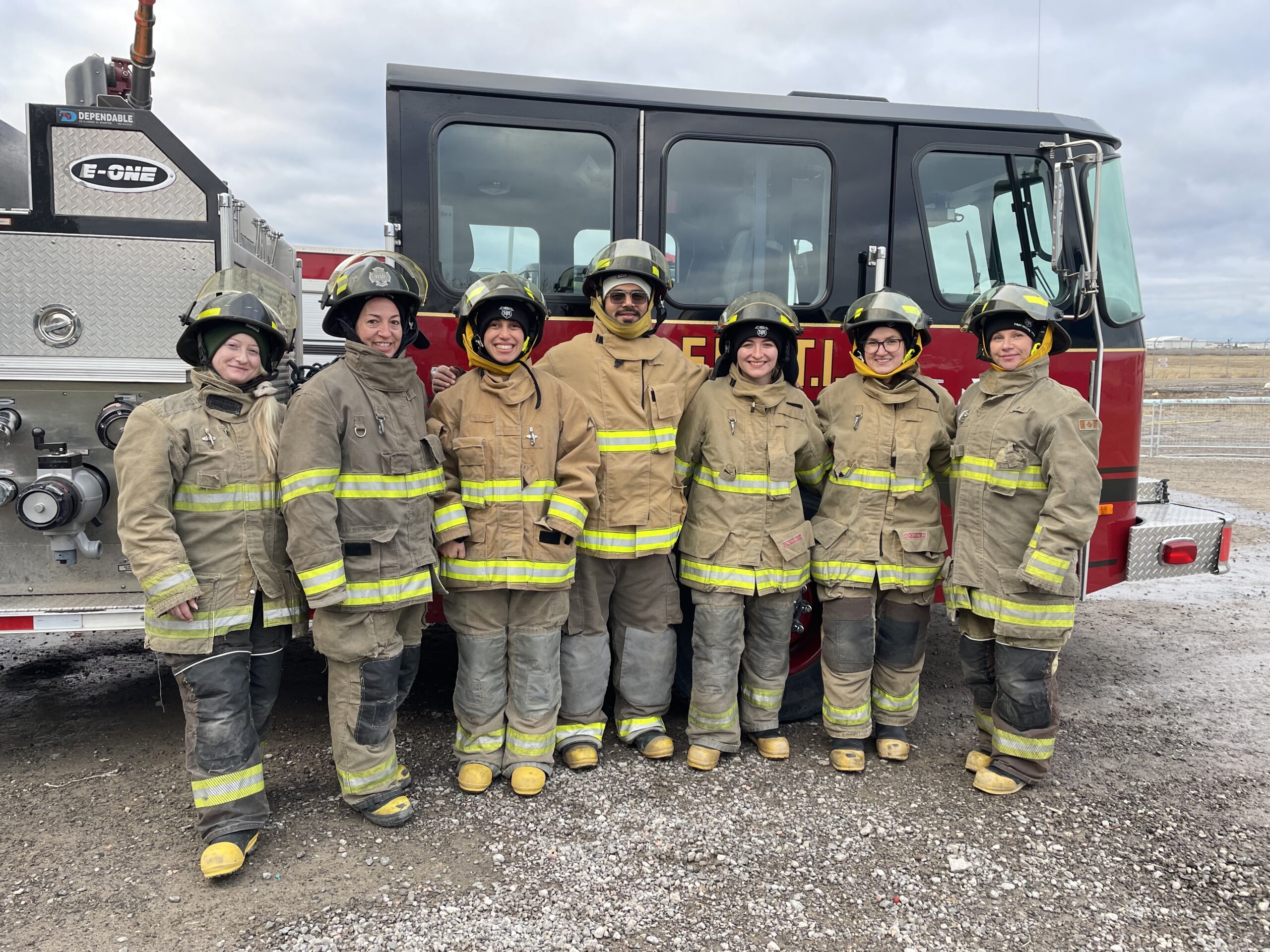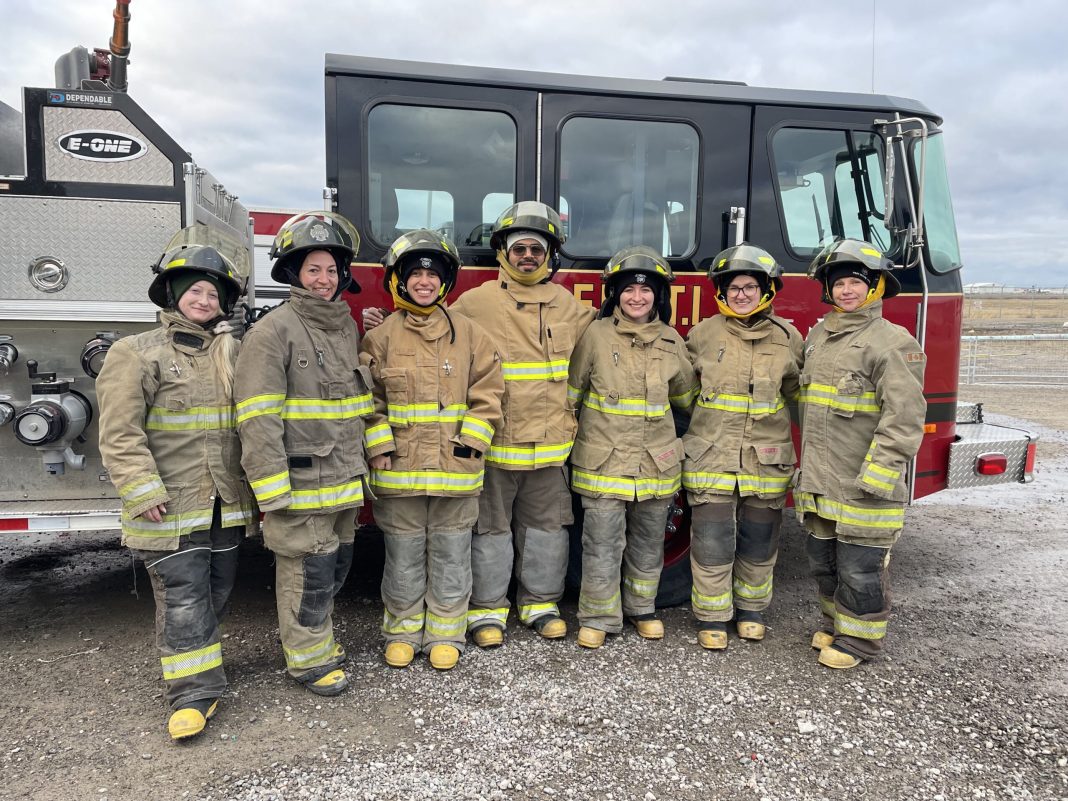
Evacuations Expanded as Wildfire Ravages Foothills East of Los Angeles
A wildfire, known as the Line Fire, has rapidly spread through the foothills of the San Bernardino National Forest, approximately 65 miles east of Los Angeles. The blaze, which started Thursday evening, has consumed around 11 square miles of grass and chaparral, emitting a thick cloud of dark smoke that blankets the surrounding area.
The cause of the fire is currently under investigation. Firefighters, numbering around 500, are tirelessly battling the flames, aided by water-dropping helicopters and aircraft that hover over homes and hillsides. The firefighters have expressed concerns about the “potential for large fire growth” in the next 12 hours, as the fire continues to rage uncontrollably.
The visuals of the Line Fire are nothing short of terrifying. Coiling clouds of dense smoke rise into the sky, while flames leap across hillside ridges, creating a mesmerizing yet dangerous spectacle. Fire trucks bravely navigate through the smoke-filled landscape, aiding firefighters in their valiant efforts to contain the inferno.
Fortunately, there have been no reported injuries, and no homes or structures have been damaged or destroyed thus far. However, the situation remains precarious as the fire shows no signs of relenting. The scorching temperatures, exacerbated by a days-long heatwave, have pushed the mercury into triple digits across the region. Downtown Los Angeles, for instance, recorded a staggering high of 112 degrees Fahrenheit on Friday, marking only the third time since 1877 that such extreme temperatures have been reached.
The escalating scale of wildfires in recent years is a grave concern, and the effects of climate change cannot be ignored. Rising temperatures, prolonged droughts, and dry vegetation create the perfect conditions for these devastating infernos to thrive. According to recent studies, the frequency and intensity of wildfires are expected to increase in the coming decades, posing a significant threat to both human lives and ecosystems.
It is imperative that we take proactive measures to mitigate the risks associated with wildfires. This includes implementing effective forest management practices, investing in advanced firefighting technologies, and raising awareness about fire safety and prevention. Additionally, addressing the root causes of climate change, such as reducing greenhouse gas emissions, is crucial in combatting the conditions that fuel these destructive fires.
In conclusion, the Line Fire serves as a stark reminder of the destructive power of wildfires and the urgent need to address the underlying issues contributing to their occurrence. By prioritizing the preservation of our natural landscapes, implementing sustainable practices, and taking collective action against climate change, we can hope to safeguard our communities and protect our planet from the devastating consequences of these infernos.


